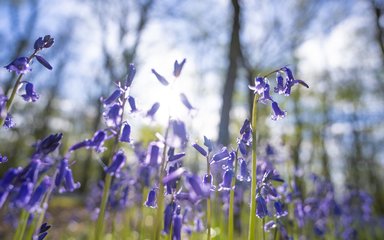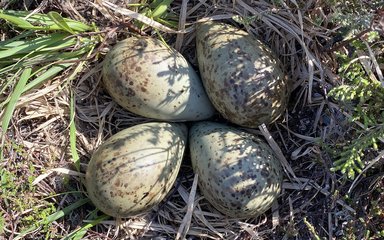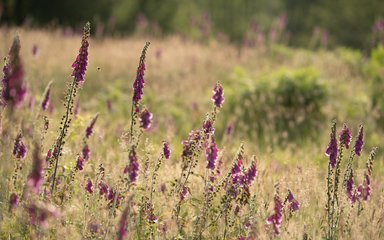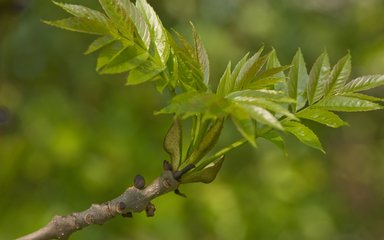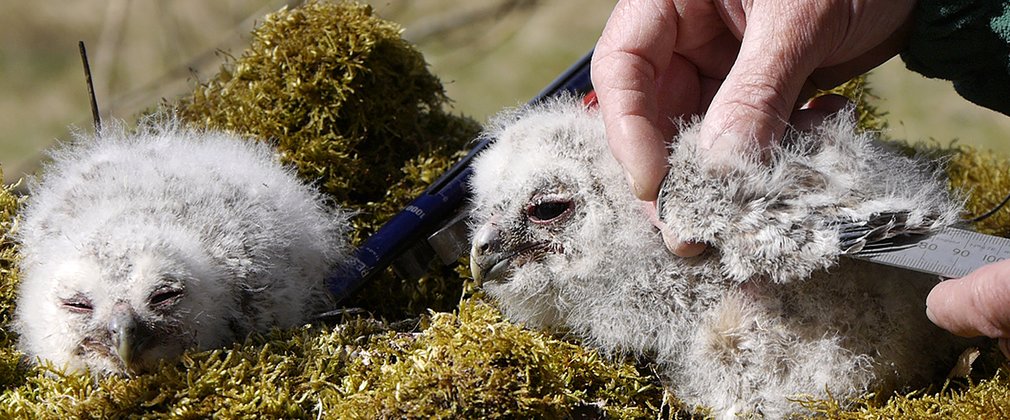
From exciting reintroduction projects to recording-breaking breeding success for threatened species, here’s our wildlife stories of the year to make you smile!
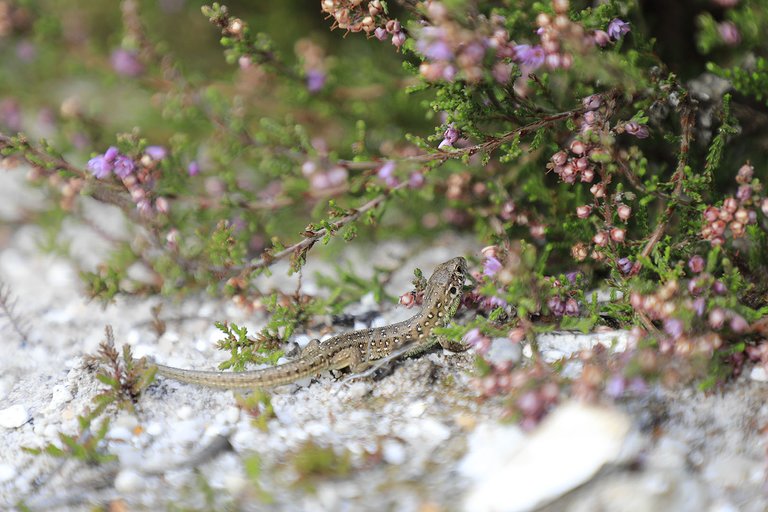
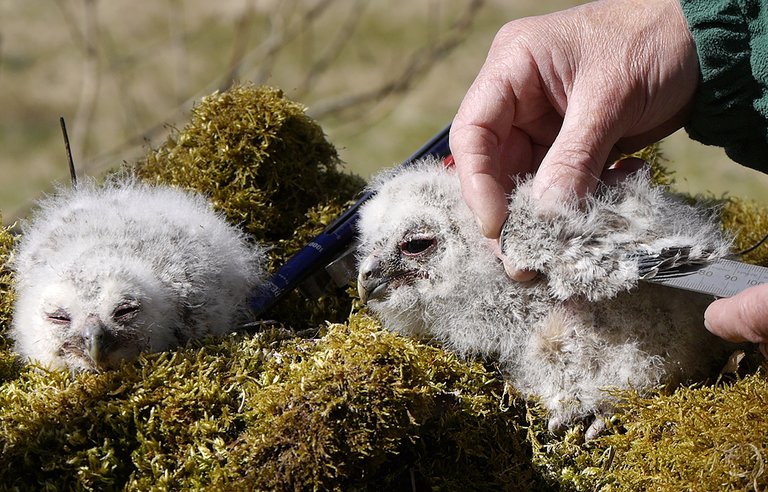
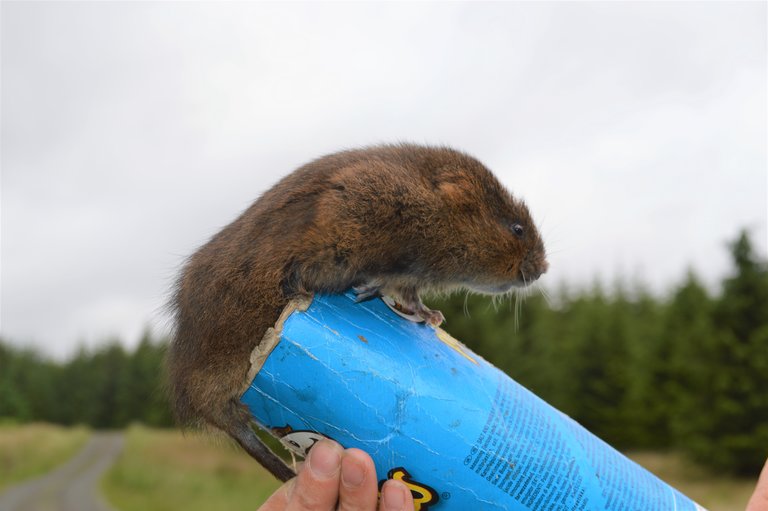
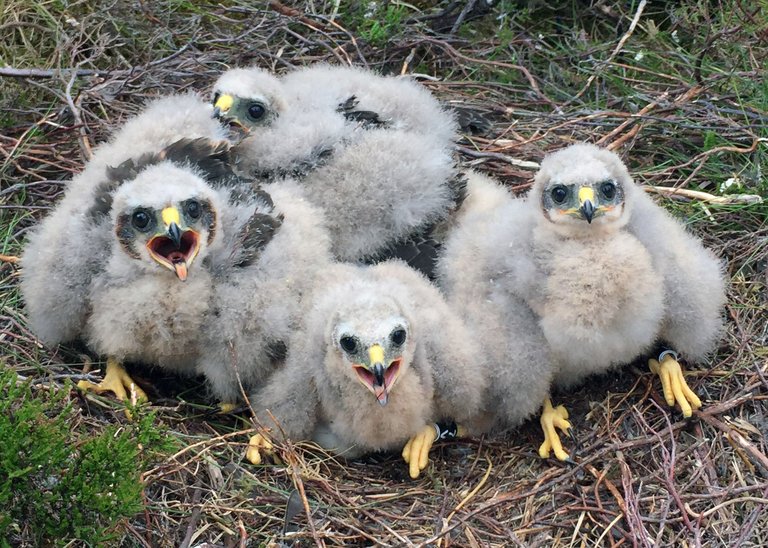
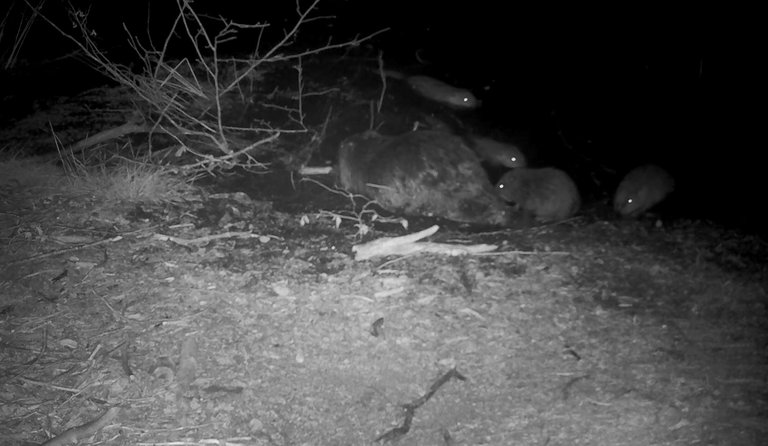
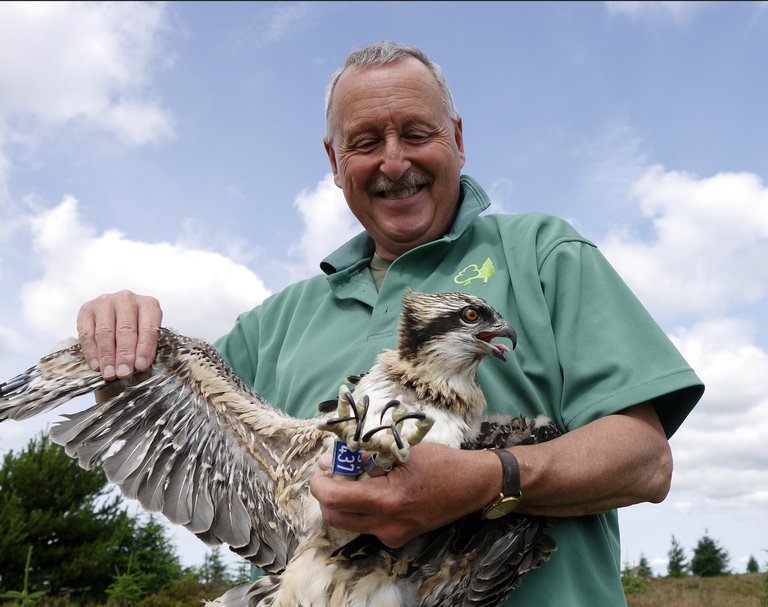
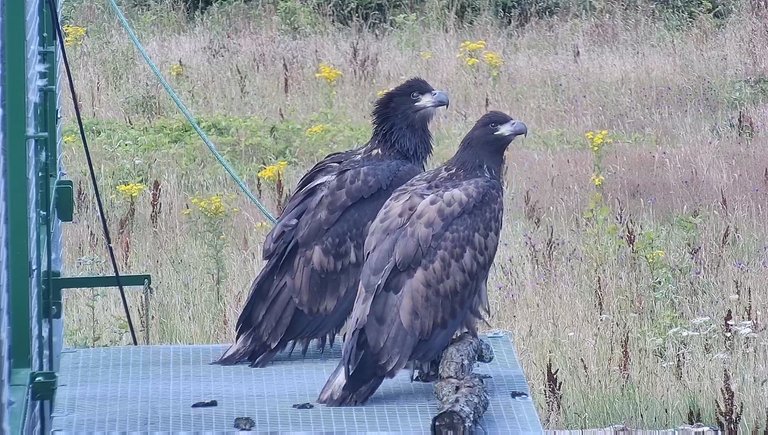
About the projects
Rare sand lizards released in Dorset
140 young sand lizards bred at Marwell Zoo and Forestry England’s New Forest Reptile Centre were released on heathland within Dorset’s forests. This partnership project is led by Amphibian and Reptile Conservation (ARC) and aims to boost the population.
Once widespread in England, sand lizard numbers have dramatically declined through habitat loss. We’ve been working to restore and care for heathlands, removing vegetation to open-up the sandy areas needed for breeding to help re-establish these rare reptiles.
UK’s longest running study of tawny owls continues in Kielder Forest
We have been monitoring tawny owls in Kielder Forest for over 40 years. Thousands of chicks have been ringed over the course of the study, revealing that they tend to live only within a quarter-of-a-mile from where they were born.
The forest now has over 200 nest boxes to provide a place for the birds to breed, which also makes it easy for us to monitor populations one year to the next. The forest was created less than 100 years ago, but the wildlife is well-studied and biodiversity has flourished due to projects like this.
Water voles successfully reintroduced to Kielder
One of the largest water vole reintroductions ever undertaken in the UK concluded this summer when the final water voles were released in Kielder Water and Forest Park. Working with Northumberland Wildlife Trust, over 2,000 water voles have been released on Kielder’s waterways.
Water voles were once a familiar sight, but numbers have dropped in recent years. The ‘Restoring Ratty’ project has been establishing a population of water voles through captive breeding since 2017. Before then, Ratty (named after the Wind in the Willows character) hadn’t been seen in Kielder for over 30 years.
Hen harrier breeding success in Northumberland
This year a total of 18 young hen harriers fledged from five nests on Forestry England land and two private estates. 2021 is the seventh year in a row that multiple nests have been successful, down to an effective partnership and excellent, sensitively managed habitats. Northumberland is now a key stronghold in England for what we hope is a national resurgence of this very rare bird.
The Hen Harrier Protection Partnership have worked closely throughout the pandemic allowing co-ordination of nest watches, ringing and satellite tagging to take place. The partnership is made up of Forestry England, RSPB, Northumberland National Park Authority, Natural England, Northumberland Wildlife Trust, Ministry of Defence, Northumbria Police and local raptor experts.
Beaver numbers booming at Cropton Forest, North Yorkshire
We can now confirm four more kits were born to the Cropton Forest beaver pair this summer. Initially announced as two kits, camera footage has revealed the family is even larger than we thought. A total of 8 kits have been born since the adult pair were introduced to the site in 2019.
These ecosystem engineers have already had a positive impact on their environment, improving the habitat for other wildlife. Daubenton’s bats, a species that likes to feed over water catching insects, has been recorded on the site this year for the first time.
Record number of ospreys fledge from Kielder
16 healthy youngsters successfully fledged at Kielder Water and Forest Park this year, more than ever before after a record-breaking number of adult birds returned to breed. The forest is a crucial staging post for these migratory birds in what we hope will aid the natural recolonisation of northern England.
The Kielder Osprey project is a partnership between Northumbrian Water, Northumberland Wildlife Trust, Forestry England, Kielder Water & Forest Park Development Trust and Calvert Kielder.
White-tailed eagles successfully returning to southern England
A further 12 white-tailed eagles were released on the Isle of Wight in the next stage of one of England’s landmark reintroduction projects. These incredible birds were once widespread across the country before being wiped out by human activity.
Since 2019, Forestry England and Roy Dennis Wildlife Foundation have been leading a project to return white-tailed eagles to England. We’re closely monitoring these iconic birds as they successfully return after an absence of more than 240 years.
Wildlife thrives in our care
We care for some of the most valuable places for wildlife in the country, where over half of England’s rarest species have been found. Our ambitions over the next five years are to:
- Establish at least 6,000 hectares of wild areas by 2026
- Improve condition of SSSIs, ancient woodlands, open habitats and wetlands
- Reintroduce lost species to England
Thanks to your support, we've been able to continue to restore wildlife across the nation’s forests despite the challenges this year has brought.

